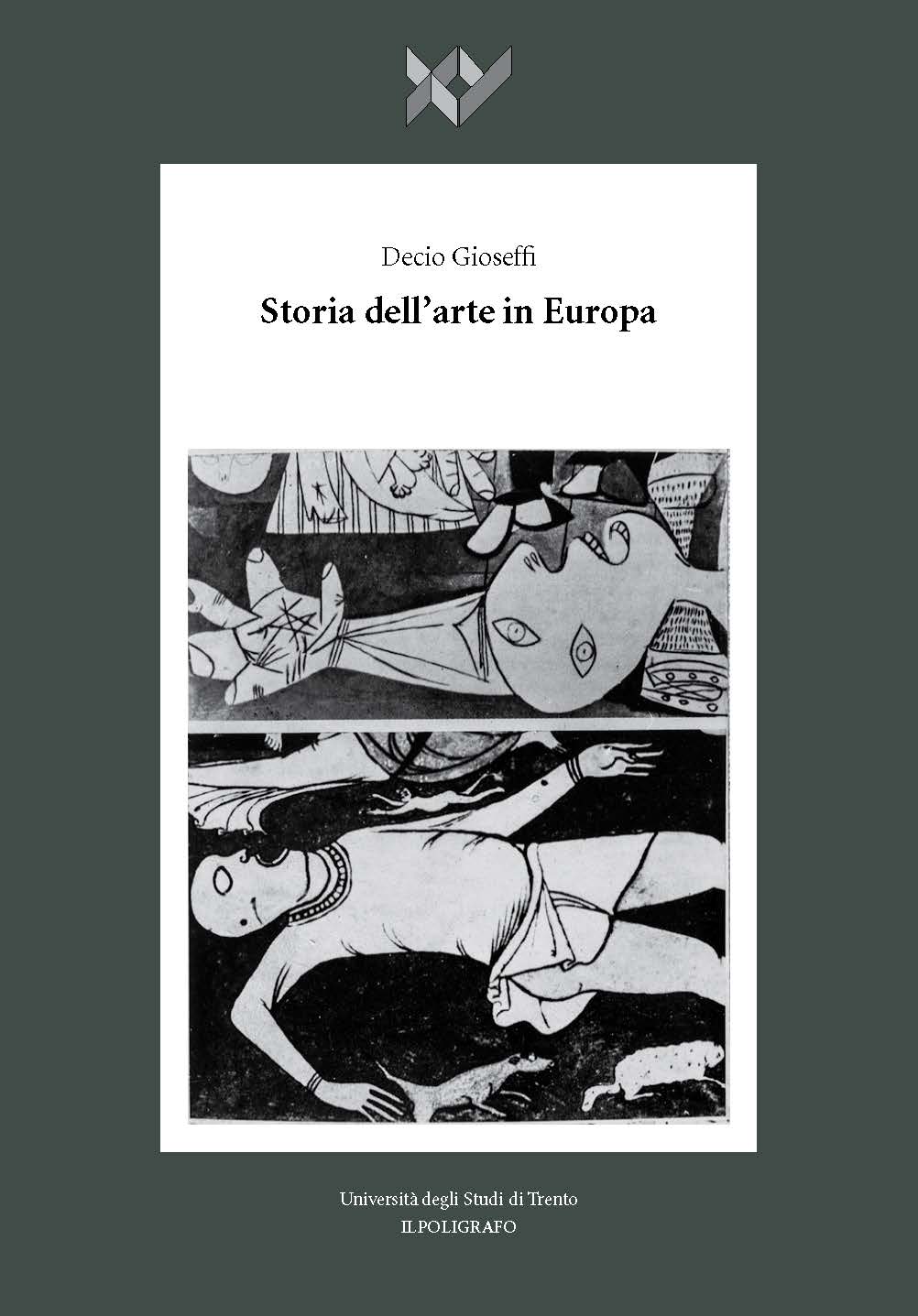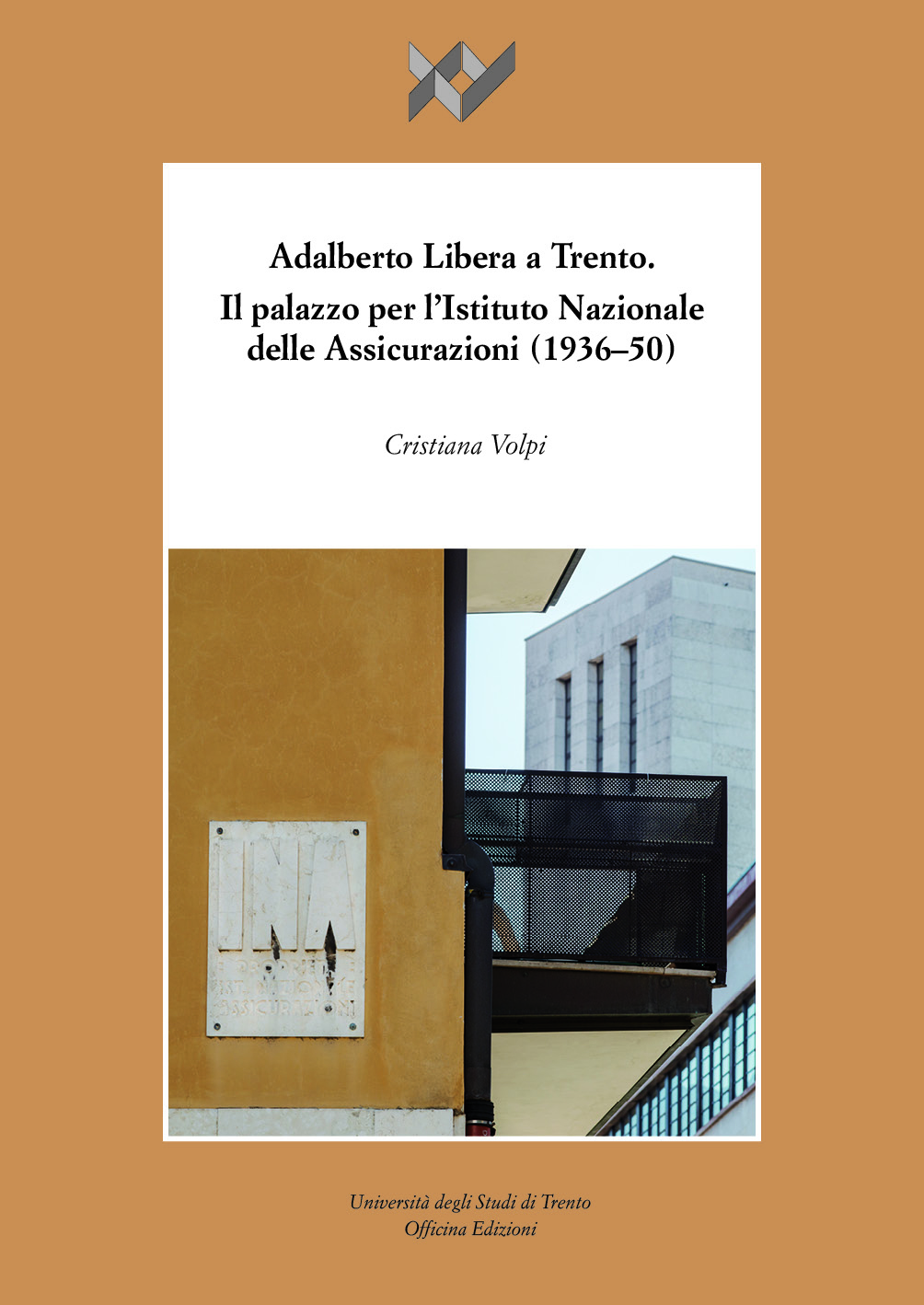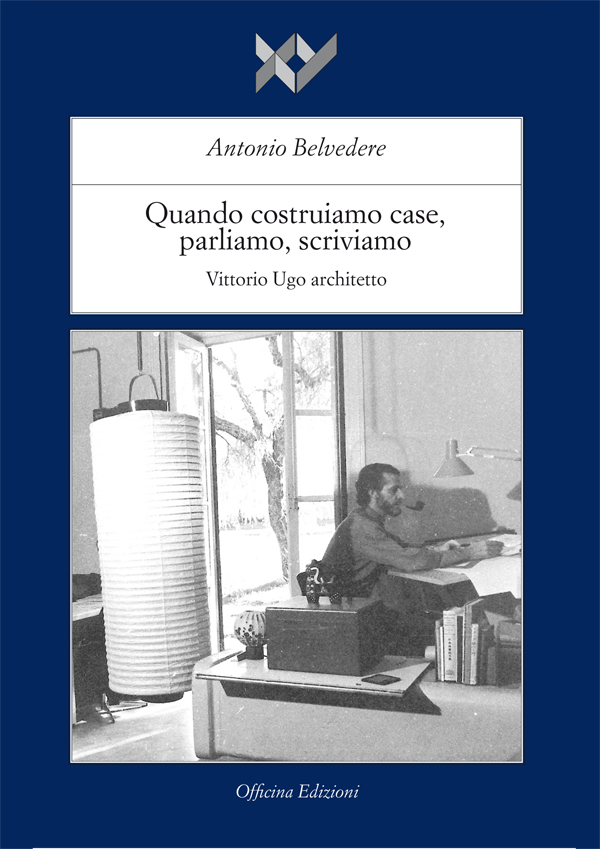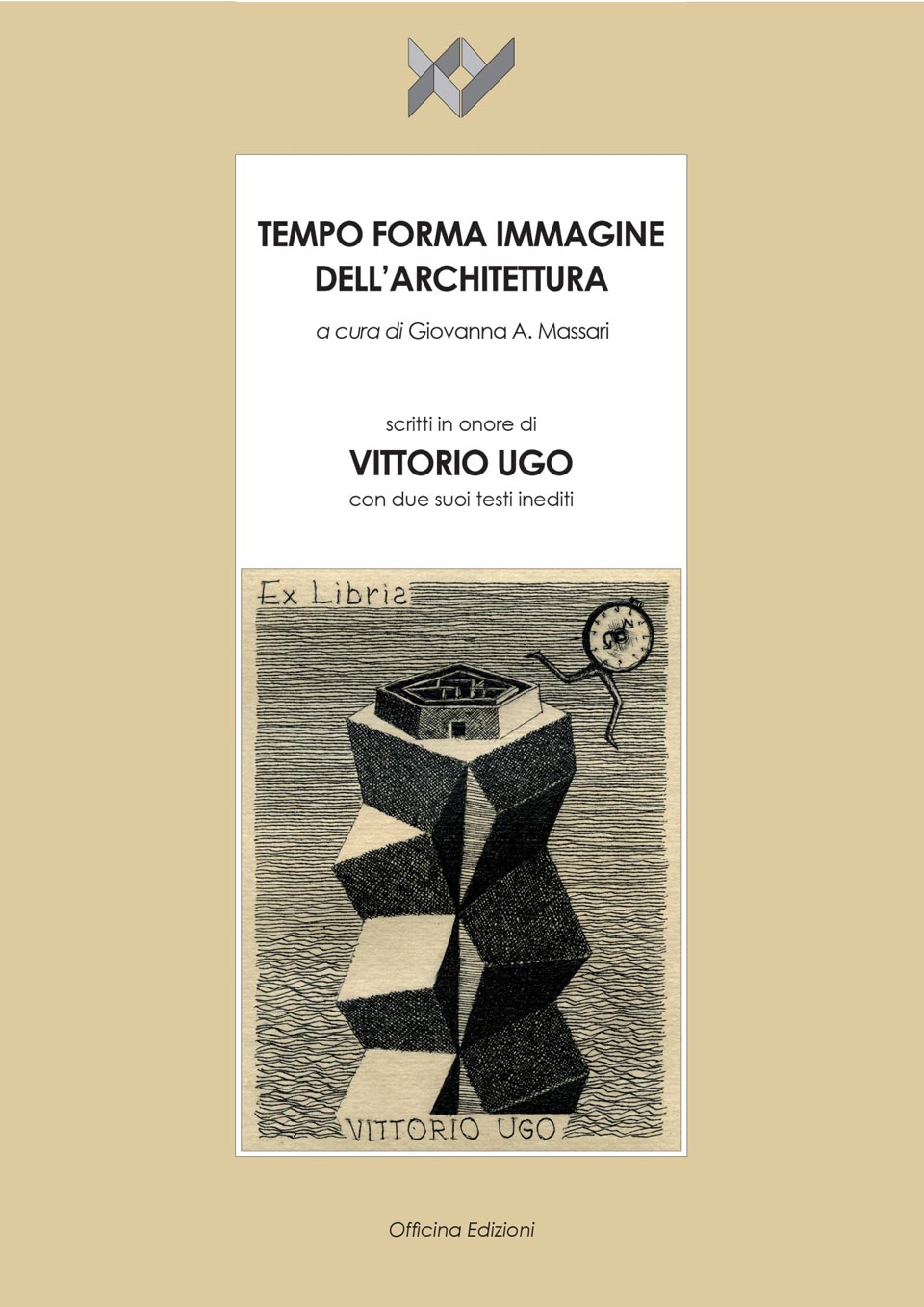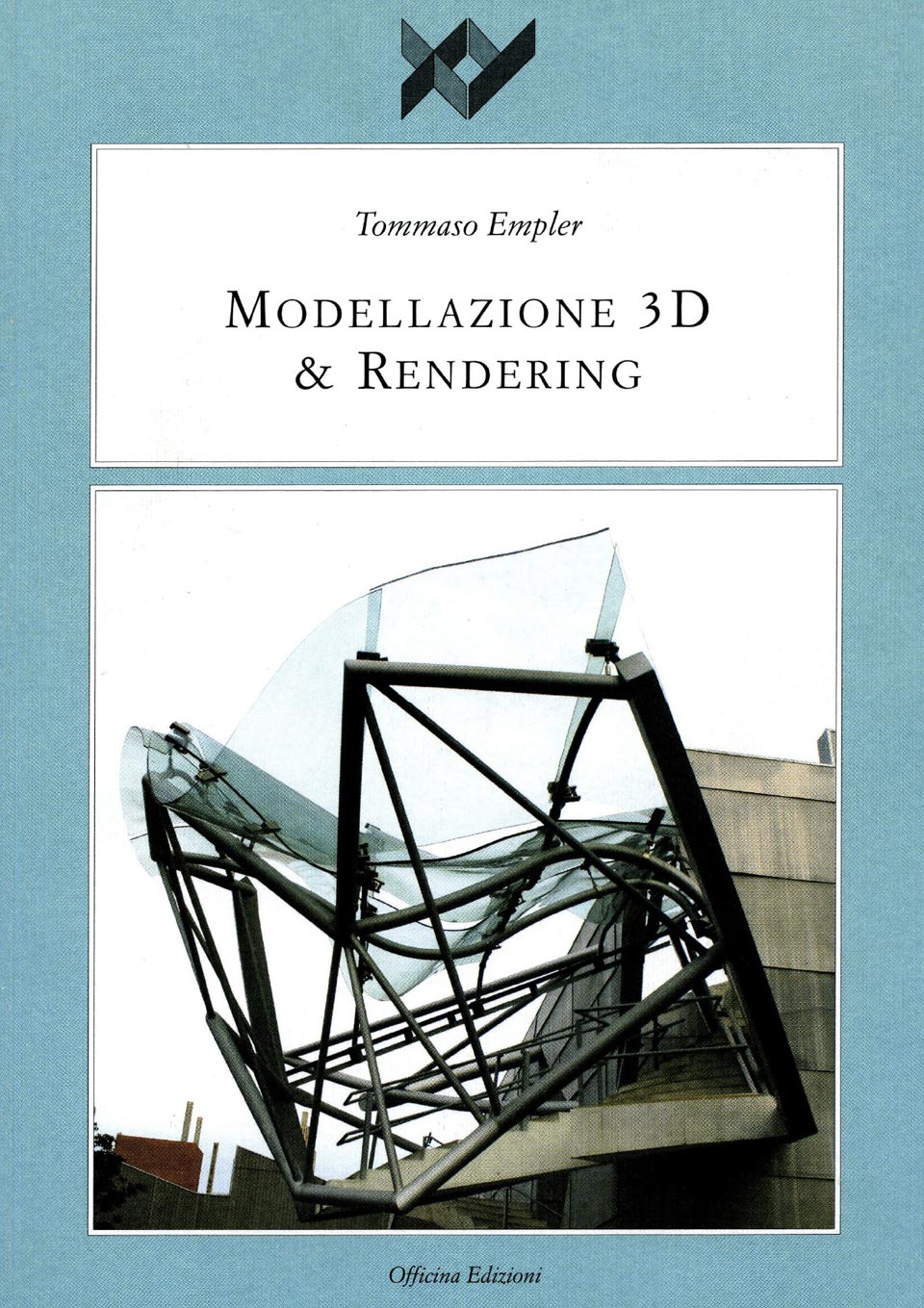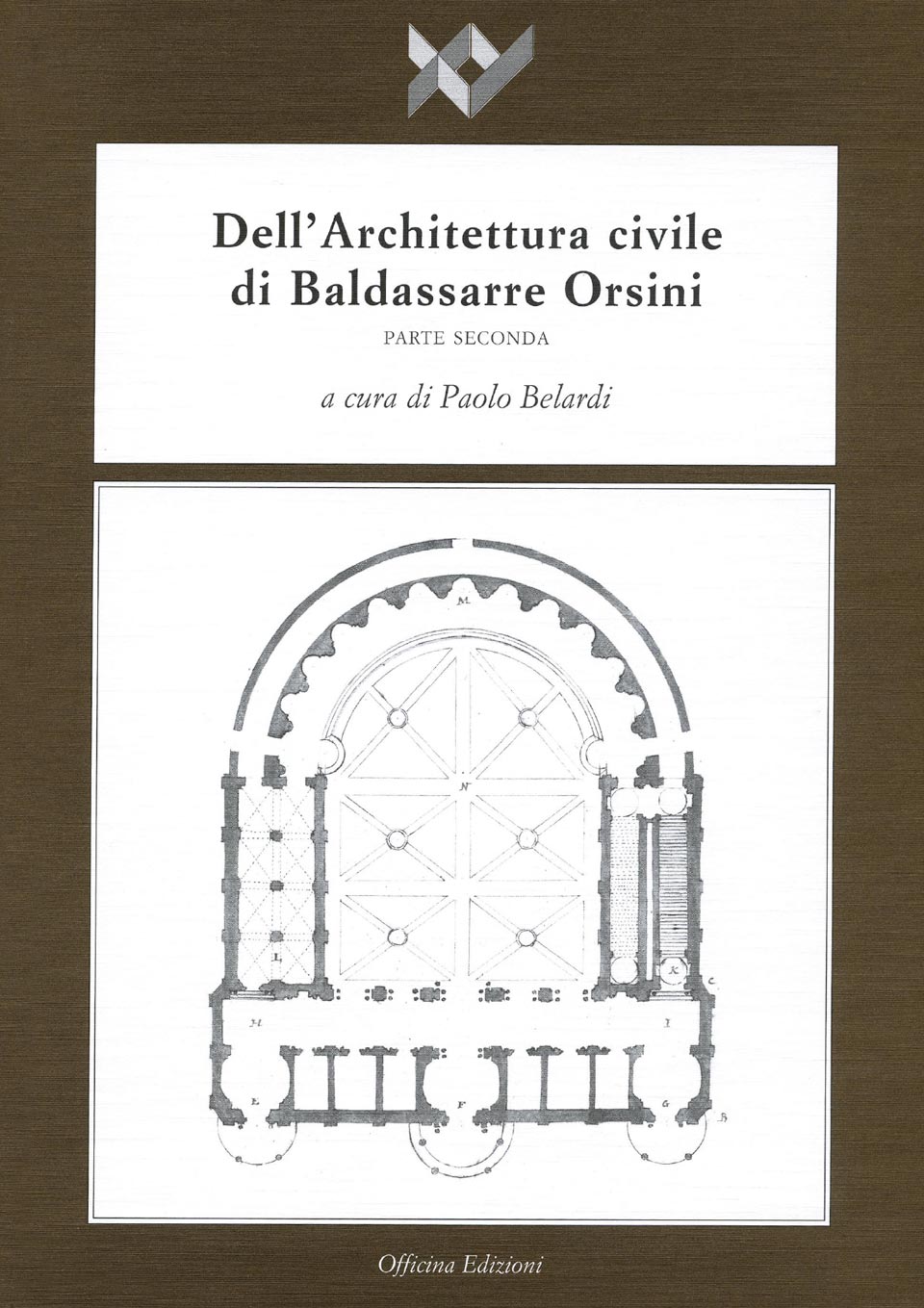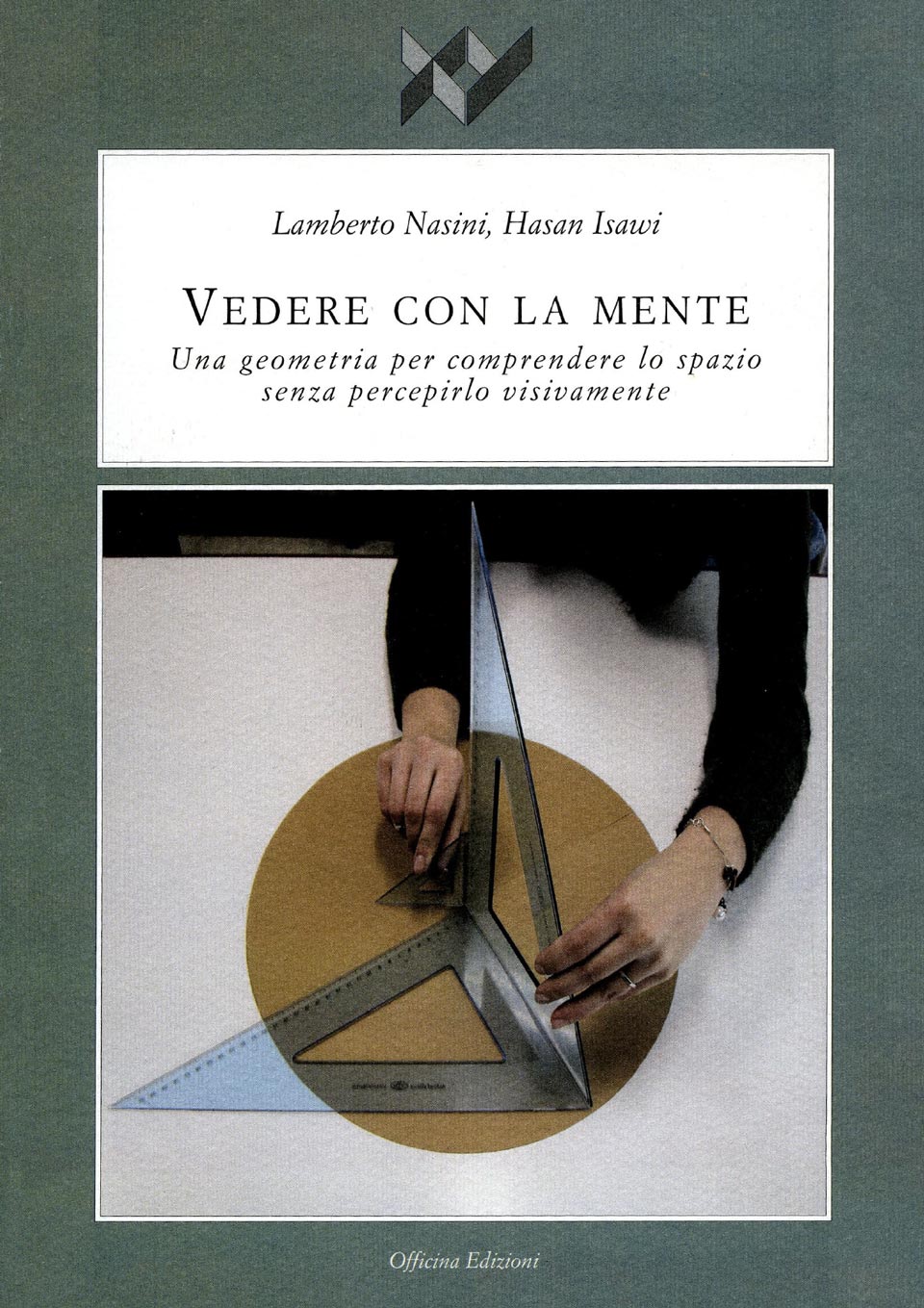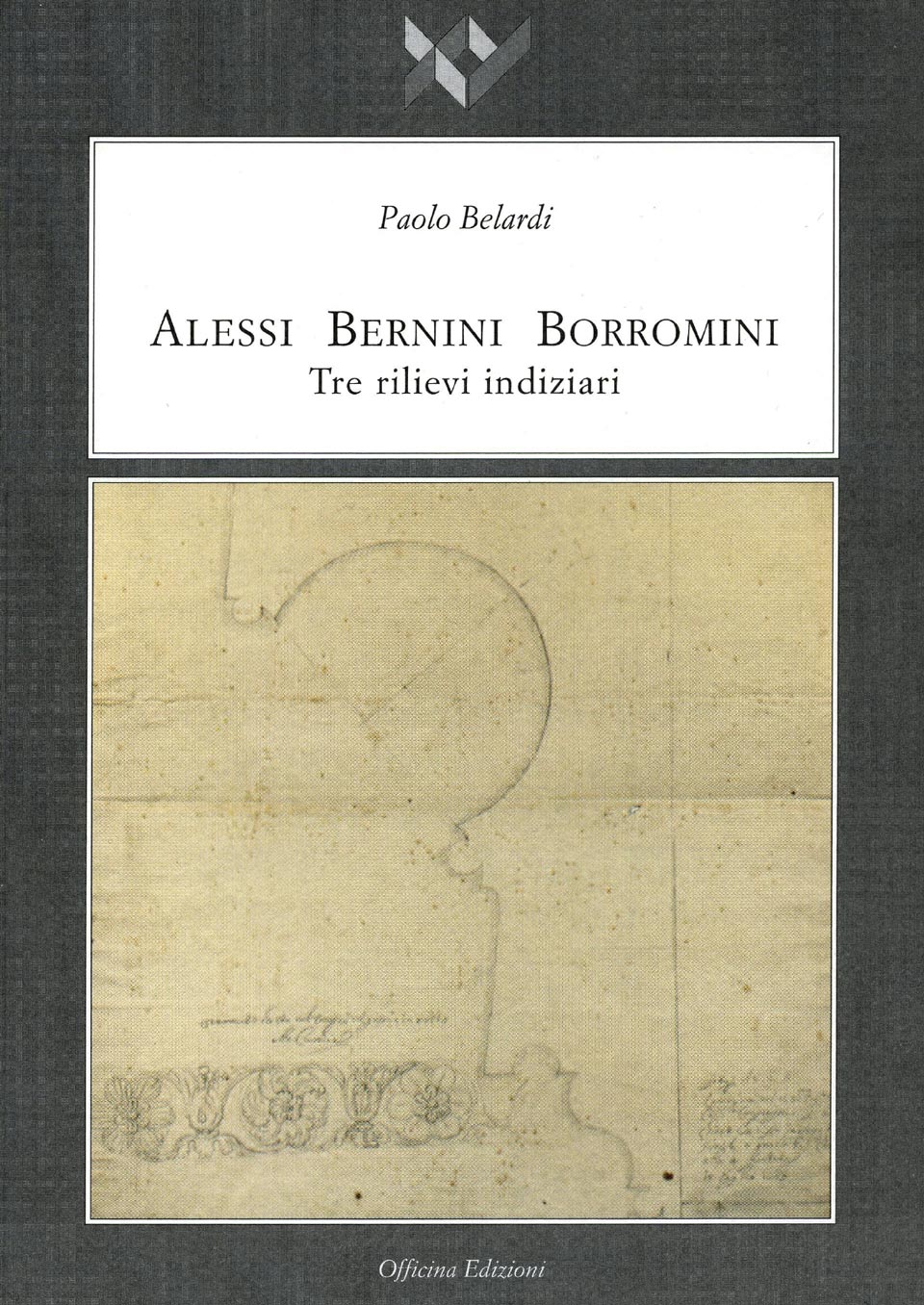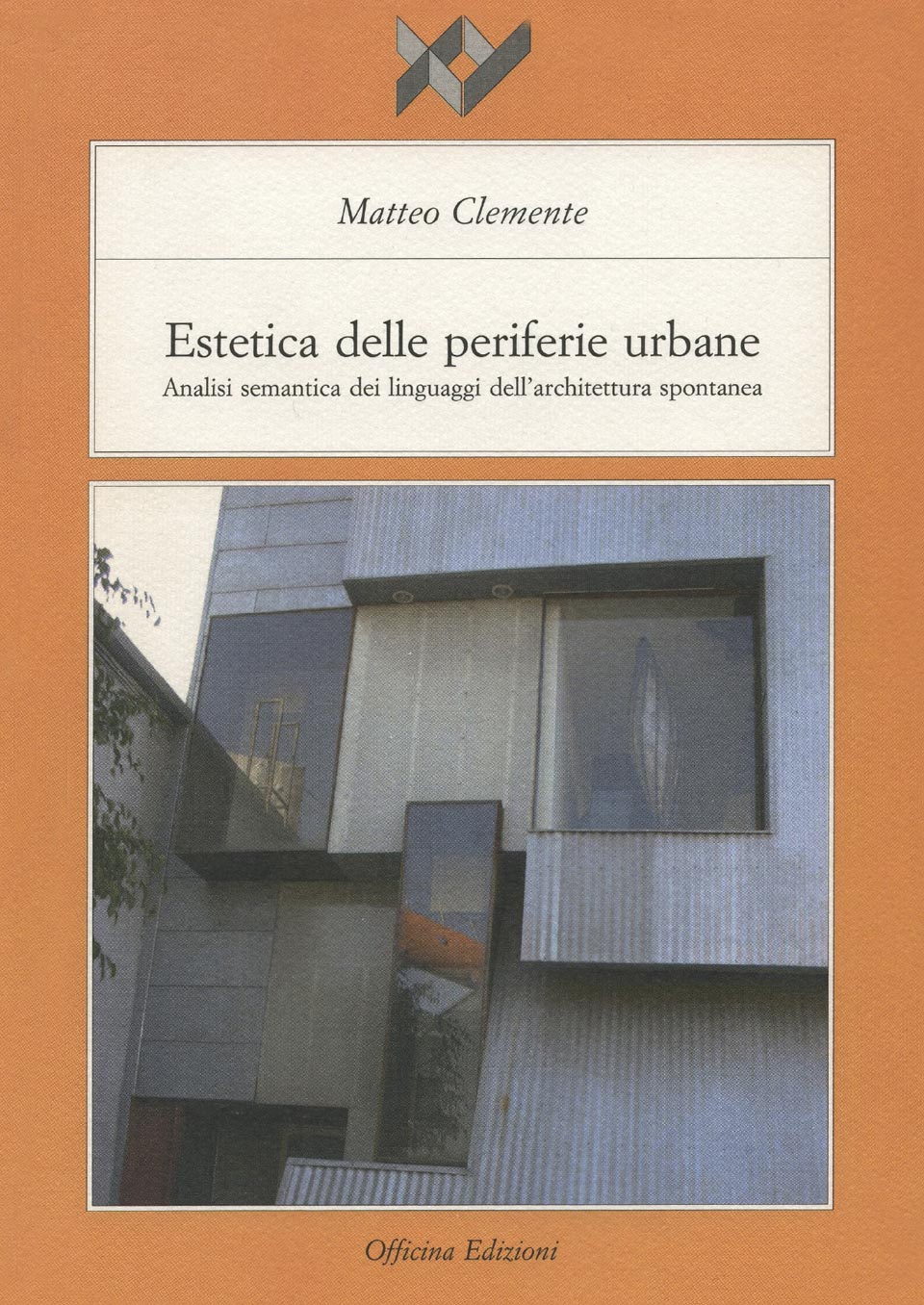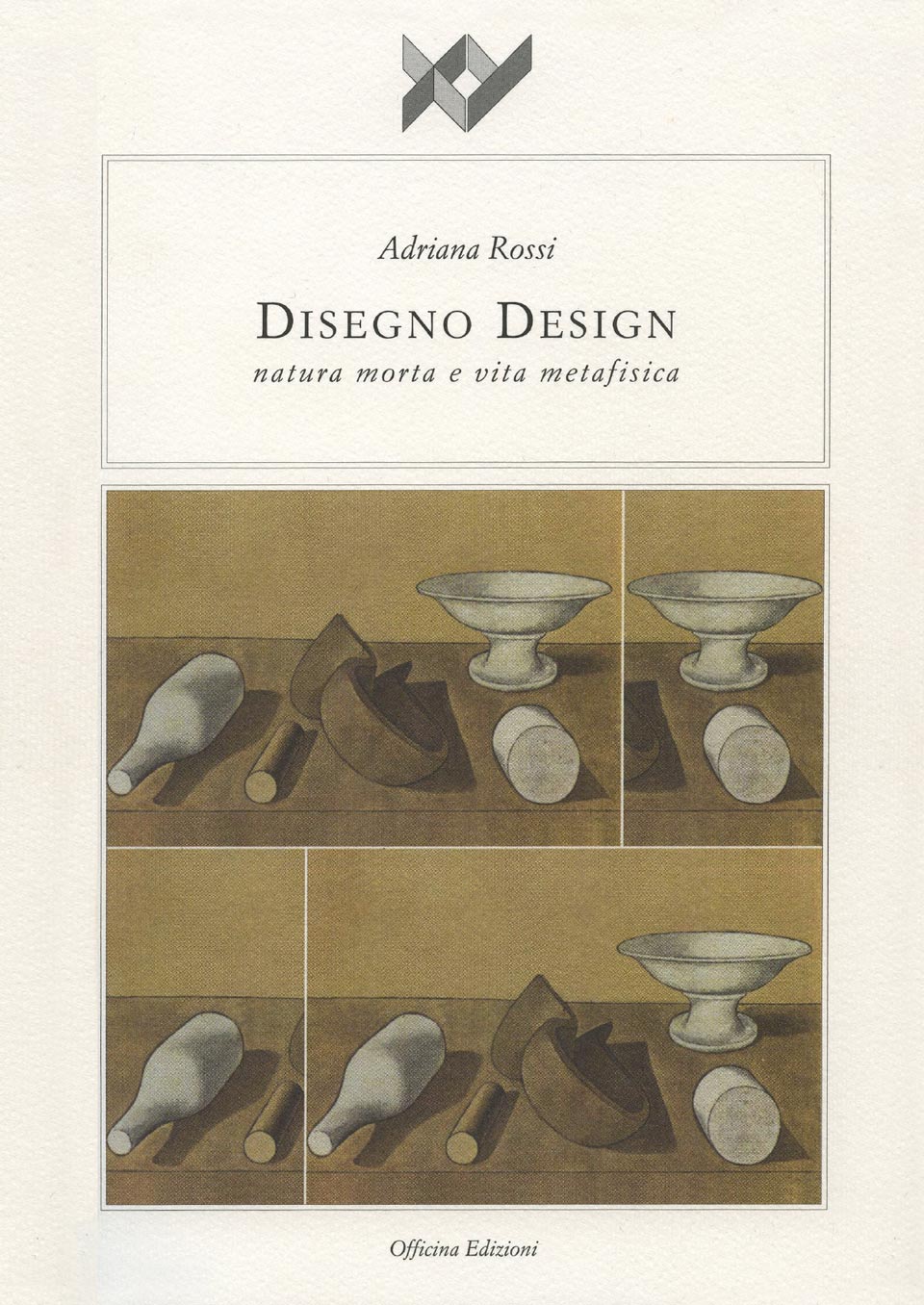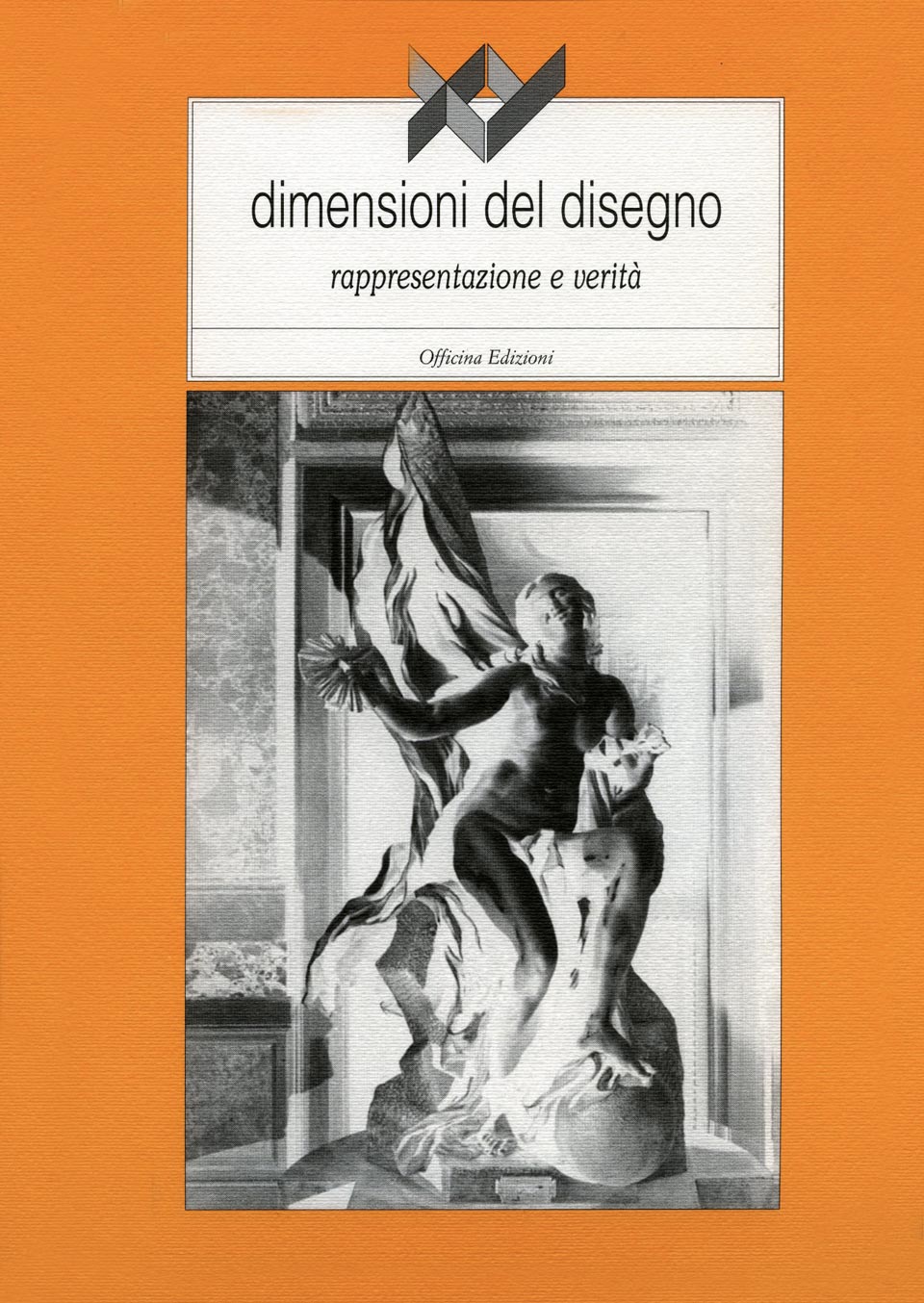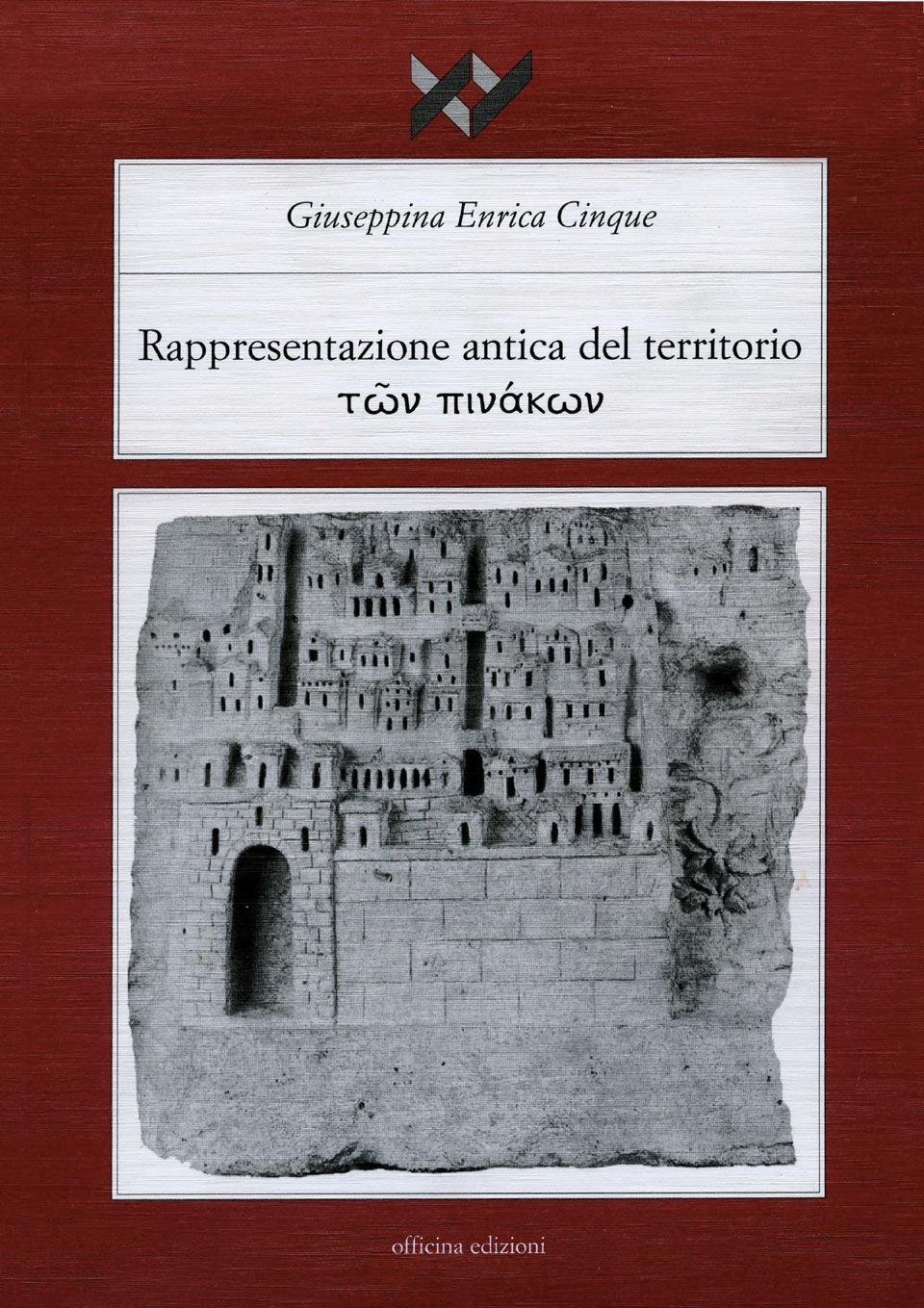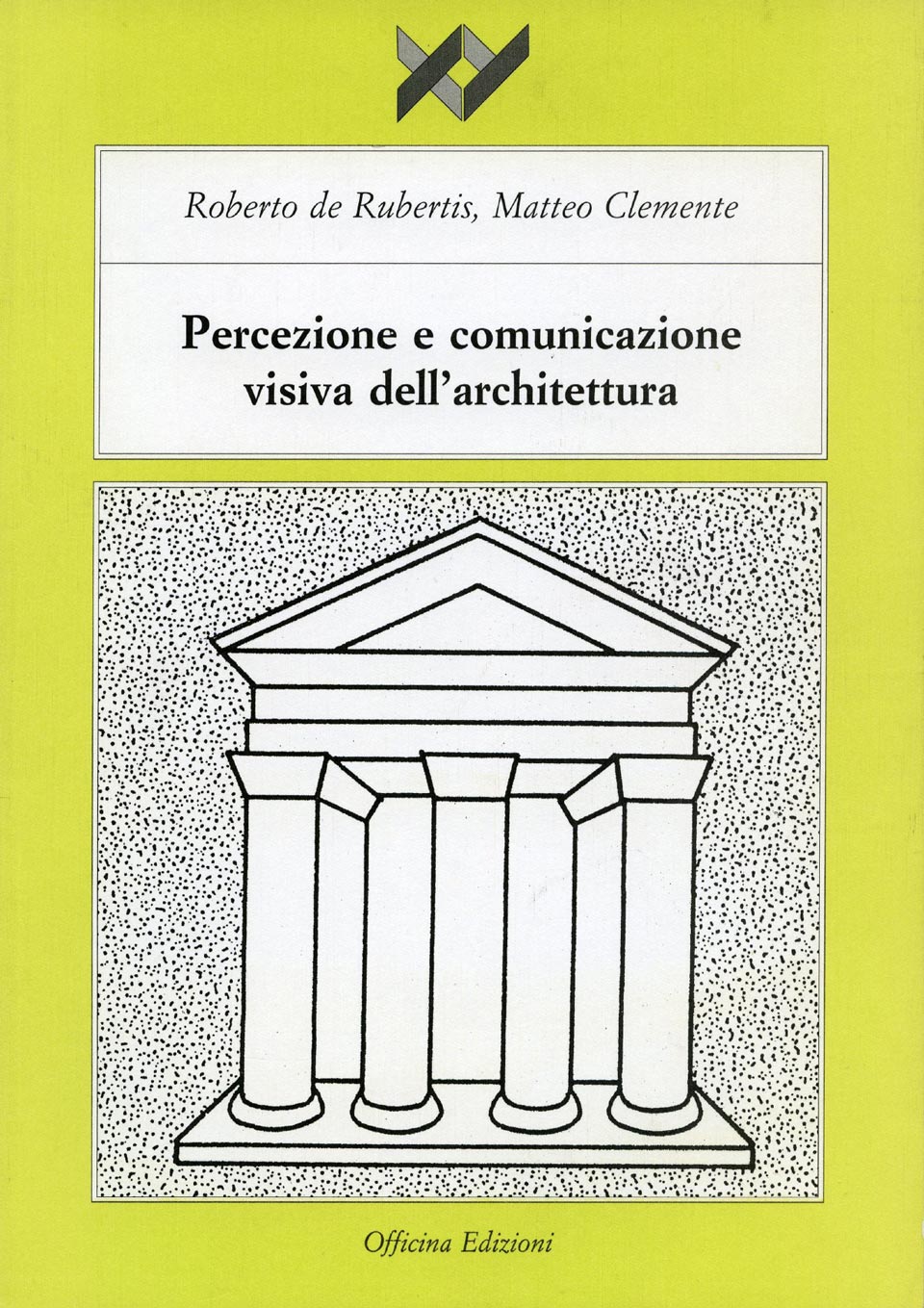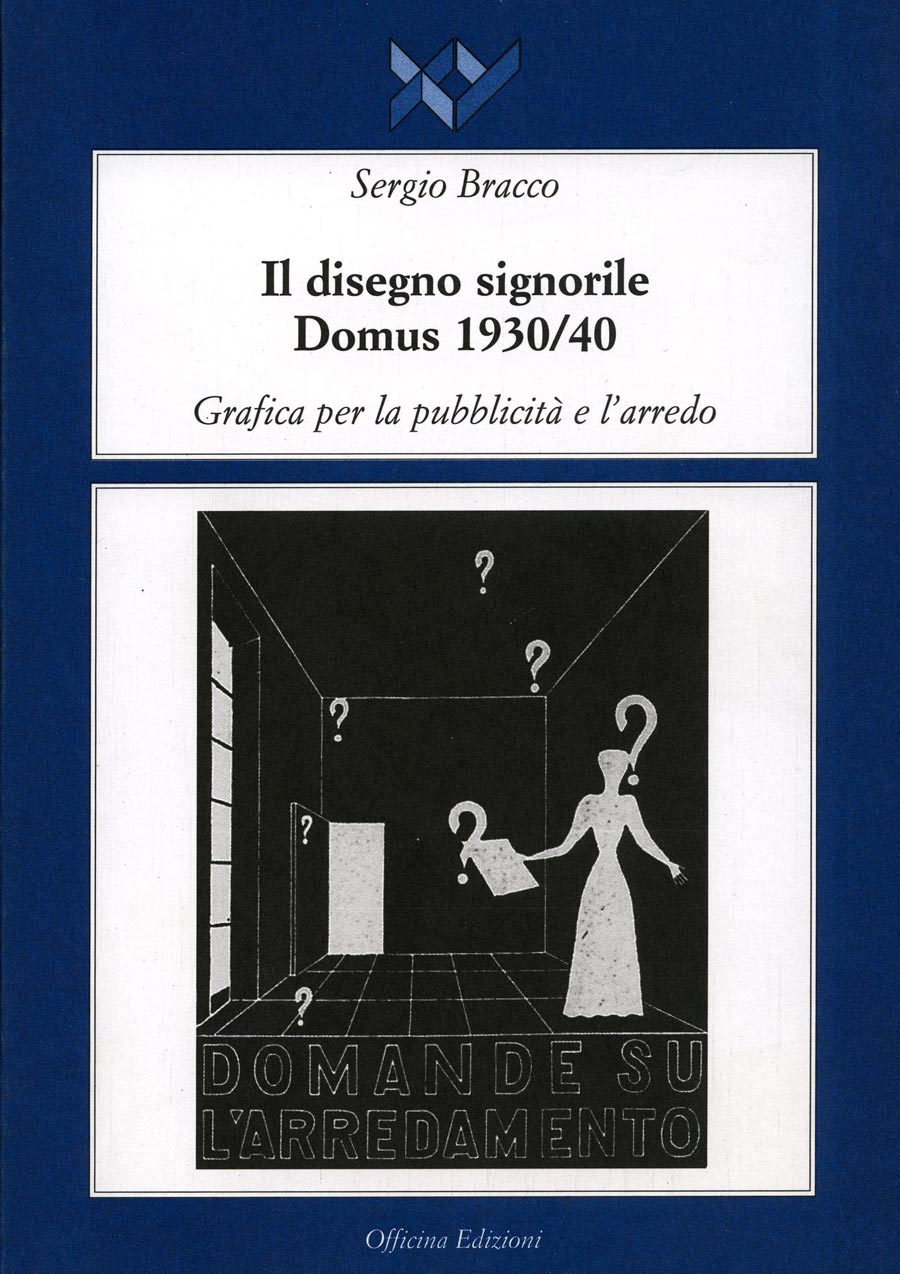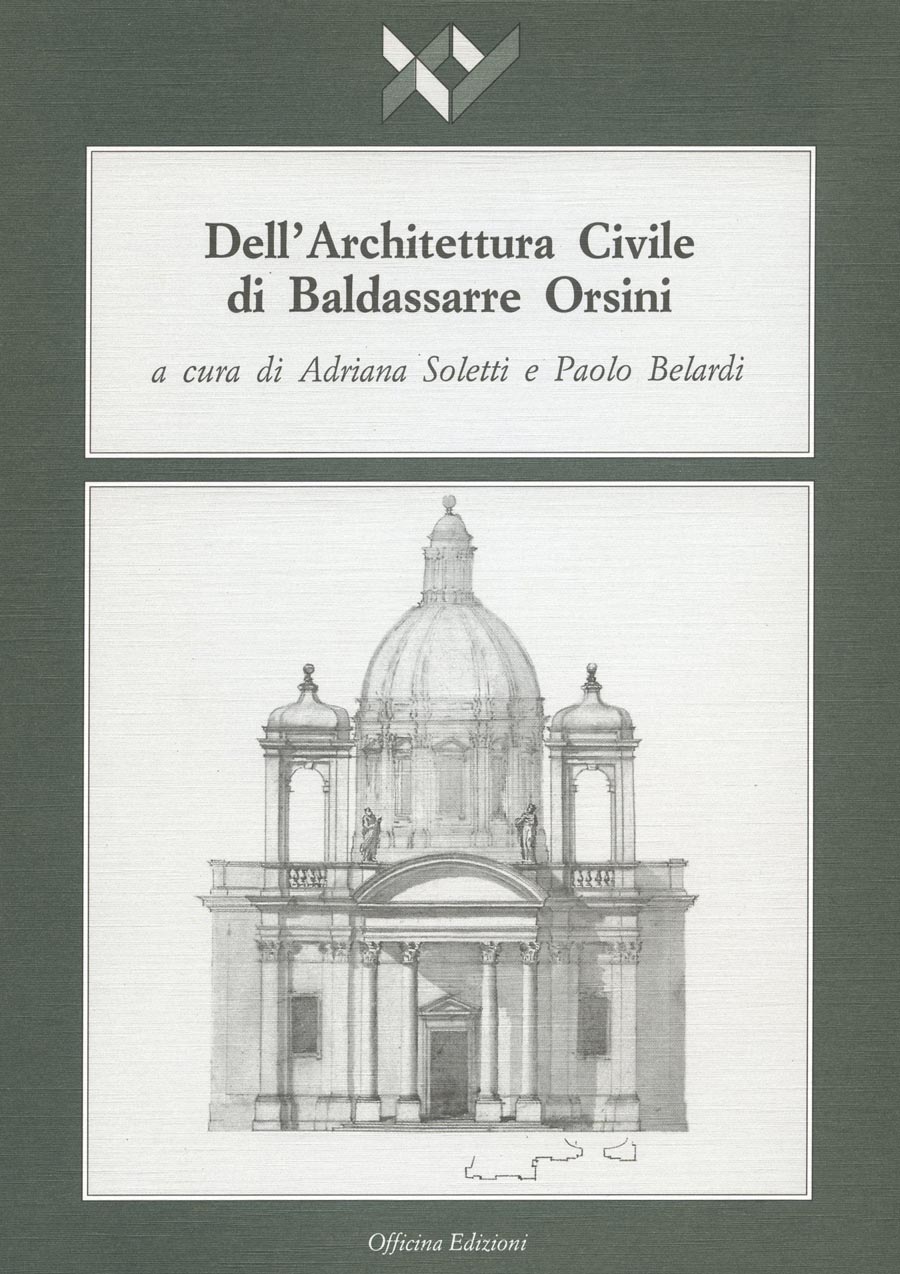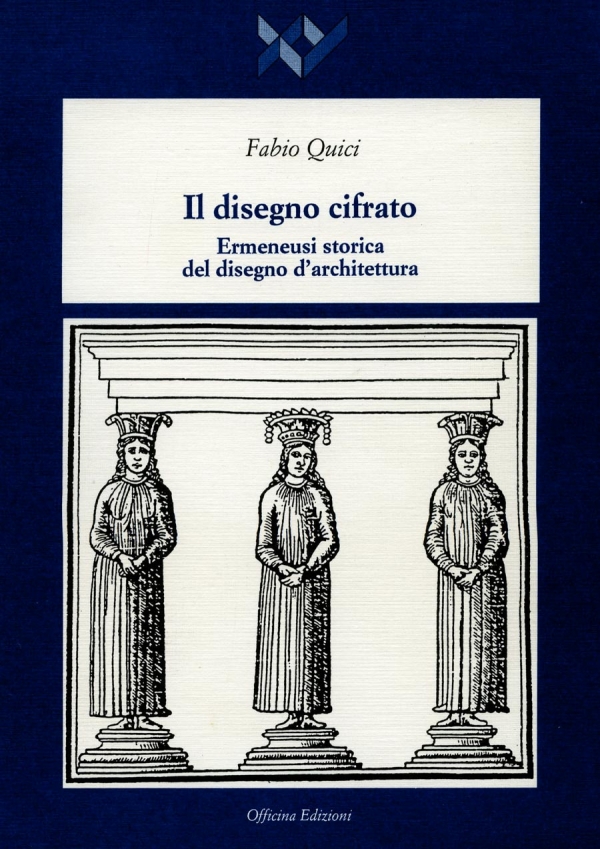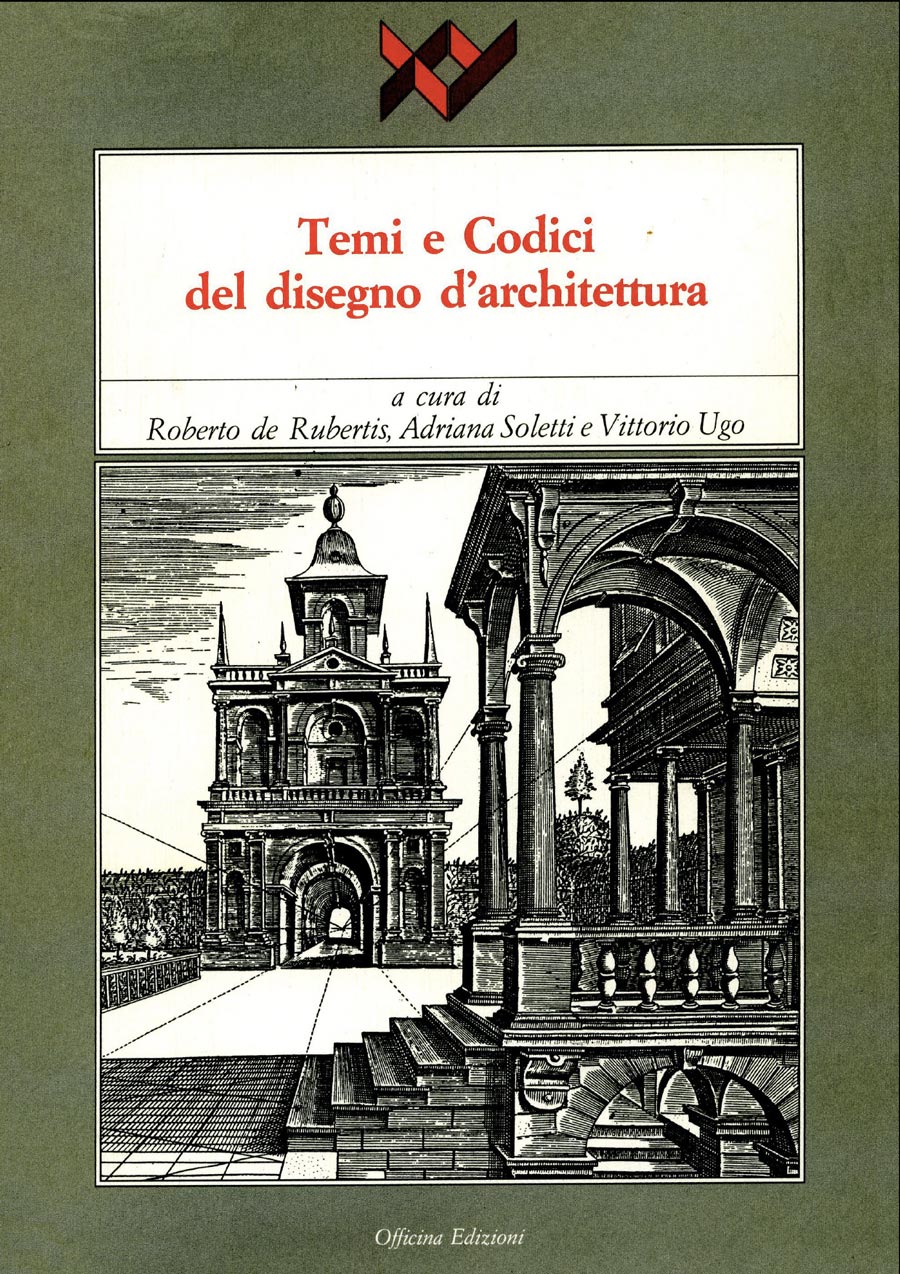The story of drawing highlights the imponderable transition stages from depiction to representation; the moments when the graphic act corresponds to a, pursued and achieved, conscious mental power; the path that takes from the description of a real event to learning and then the drawing, abstract from reality. The history of territory representation, or portions thereof, enhances these phases: the knowledge of the territory corresponds closely to any management activity; the representation of places is an act of manifestation of power. Through the observation of phases, trials, the resulting drawings mediated by social information, the historical course allows to verify the learning and transmission processes of abstract reality; process, this, that in territory representation identifies the means by which it is possible to state the ability to dominate the sights of nature, to manage territorial portions that, in this way, become environment.
Operating a graphic abstraction, exercising power in relation to territory, already in the past caused a specific focus on what will then become science; Greeks themselves, careful assimilators of all that can be useful, invent geometry and geography lemmas directly in line with the common thread behind these sciences. Remote sources, such as cosmology, astronomy, field measurement, the topography born in the Middle East and enriched by the greek, achieve the highest exaltation of mapping when they flow into the Roman world. Seen in this way, the history of territorial iconography coincides with the history of knowledge: the analysis moves from the thresholds of epistemology and is targeted to identify practices that have created a knowledge that will take over after the name of science.
Prefazione di Adriana Soletti

